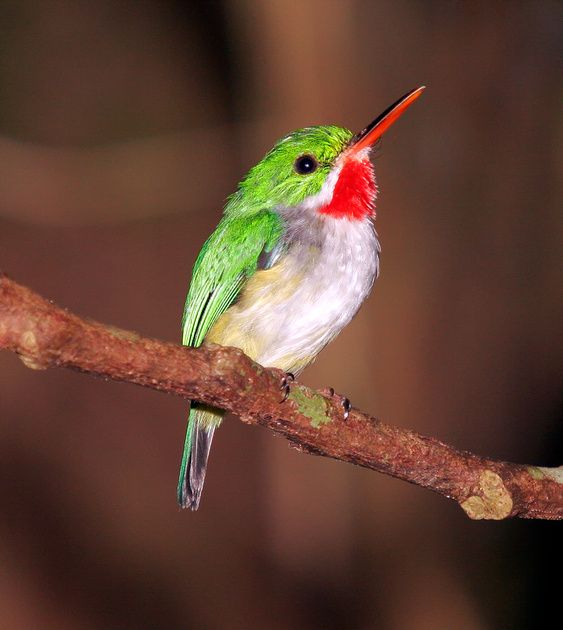The common linnet (Linaria cannabina) is a small passerine bird of the finch family, Fringillidae. It derives its common name and the scientific name, Linaria, from its fondness for hemp seeds and flax seeds—flax being the English name of the plant from which linen is made. A small and slim finch that’s widespread and was once very popular as a caged bird because of its tuneful song. Males are marked with crimson foreheads and chests, females are much browner. It has a bouncing flight, usually twittering as it flies and may be seen in large flocks during the winter. In winter, they may form large flocks with other seed-eaters, roaming the countryside and feeding on stubbles, saltmarshes and wasteland. Linnets build neat, bowl-shaped nests, often in gorse bushes or in hedgerows. Linnets breed in a variety of habitats, including rough grassland, uplands and in coastal areas with gorse. They are rather social and small flocks can be seen even during the breeding season. Mainly resident within Ireland, but will gather in large flocks outside of the breeding season. Linnets and their chicks rely almost entirely on seeds throughout the year. During the winter, adults will favour stubbles and field margins where weed seed and split grains are abundant. Dandelion seeds in pasture are particularly important. Chicks feed on weed seeds and unripe oilseed rape grains. The linnet needs to be wary of birds of prey like hawks and eagles who prey on them. Its call switches between harsh and soft, and the song is a beautiful melodic twittering. Here is a link so you can listen to this bird too.
I find birds with large face to beak size ratios and simultaneously with beaks being short and thick adorable <3
I think the large body to face size ratio also makes the borb super cute <3
I agree!!!


